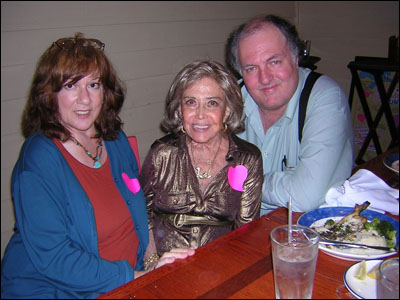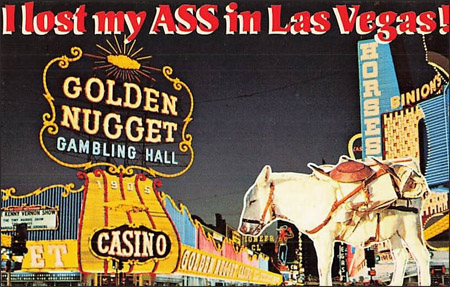
Dave Hockner asks me the following question…
I saw on Facebook where you were explaining about an issue of Thor where the inking was credited to Vince Colletta but the last few pages were actually inked by John Verpoorten. How does this kind of thing happen and why didn't John Verpoorten get a credit on the issue?
How it happens varies from case to case but usually, it's because the first/main artist simply can't complete the job by the time it's needed. Maybe he took ill. Maybe he took on too much work. Maybe he had some personal problems that prevented him from getting to his drawing board for a few days. Maybe we can all think of a dozen other scenarios. (Here's another Maybe: Colletta often helped out friends by giving them work. That wouldn't have been the case in this instance but Vinnie usually had a lot of work and in at least a few occasions that I know of, he threw some of his over to a friend who didn't have work as a way of giving that friend some money.)
In this case, Verpoorten was then Marvel's Production Manager…the guy in charge of getting books to the printer on time. I would guess that for any of the above reasons, Colletta called up and said, "I can't get this issue done when you need it" and Verpoorten said, "Send in what you have and I'll finish it up here." It was something like that.
Comic book artists often use ghosts or assistants and sometimes the reason the ghost or assistant isn't credited is that the editor of the comic didn't know about the ghost or assistant. Sometimes, the guy who got the job doesn't want his employer to know that he needed help or that he didn't do the job himself. Sometimes, the artists just want to keep it among themselves.
There was a comic book artist named Sal Trapani who did a lot of work for all the major publishers. Usually, he was credited as — or signed the work as — the sole artist. The vast majority of the time though, he engaged some friend to do the penciling for him and then Sal inked. A lot of that work was ghost-penciled by his brother-in-law, Dick Giordano…and a lot of Dick's work was ghosted or assisted (whichever term you choose) by others. Sal Trapani work which appeared in comics in the sixties — and a little bit before and after — was sometimes penciled by, among others, Charles Nicholas, Jack Abel, Rocke Mastroserio, Bill Ely, Bill Fraccio, Bill Molno, Jim Aparo, Jack Keller, Jose Delbo, Paul Reinman and even Steve Ditko.
When I visited with Ditko in 1970, I asked him about some of the jobs where he had ghost-penciled for Trapani and he wouldn't discuss them. He didn't deny it but his attitude was that Sal Trapani got the assignment, Sal Trapani was responsible for turning in the finished work, Sal Trapani was paid by the publisher…and how the work and pay were divided up was none of anyone else's business. Nowadays, when those of us who can spot ghost work credit Ditko for, for example, doing the pencil art for Dell's Get Smart or Hogan's Heroes comic books, we're doing something that would probably have pissed Mr. Ditko off.

officially by Trapani, ghost-penciled by Ditko
A lot of things pissed Mr. Ditko off. He occasionally had his studio-mate Eric Stanton help him with a job (and vice-versa) and Ditko objected and sometimes denied the obvious when someone pointed out the assist. Some of the work with Stanton was the kind of thing one might not want his name on.
None of this is treachery. Most of the great newspaper comic strip artists — almost everyone except Russell Myers and Charles Schulz — at one time or another would employ helpers. A lot of comic book guys did it or still do it. Before comic book companies began paying reprint fees to artists, no one minded much if they didn't receive credit. Now, because it may mean money, everyone is a little more conscientious about accurate and complete credits. When John Verpoorten inked those pages in that issue of Thor, no one imagined Marvel would ever pay for reuse. In fact, the guys running the company then vowed Marvel would never in a zillion years do that. Now, they do.









